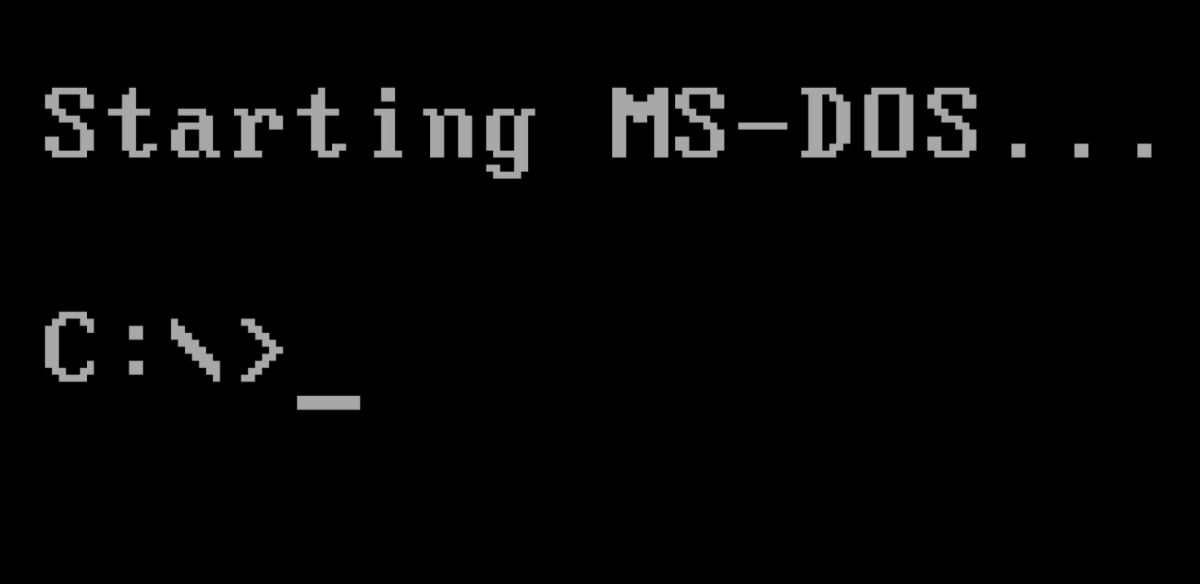When I was a kid, before we had our personal desk computer, we would listen to stories from our grandfather on how, in the beginning, computers were the size of a warehouse, how the computer instructions were manually inserted in the form of punched cards, and how many men would be needed for it to properly work.
When I was 4 years old, our first computer was installed in our house, in my brother’s room. I remember quite well hating to be the youngest one since I was not allowed to touch the keyboard. My task was to click the power button and the computer would launch and open a black screen with a spasmodic underscore.
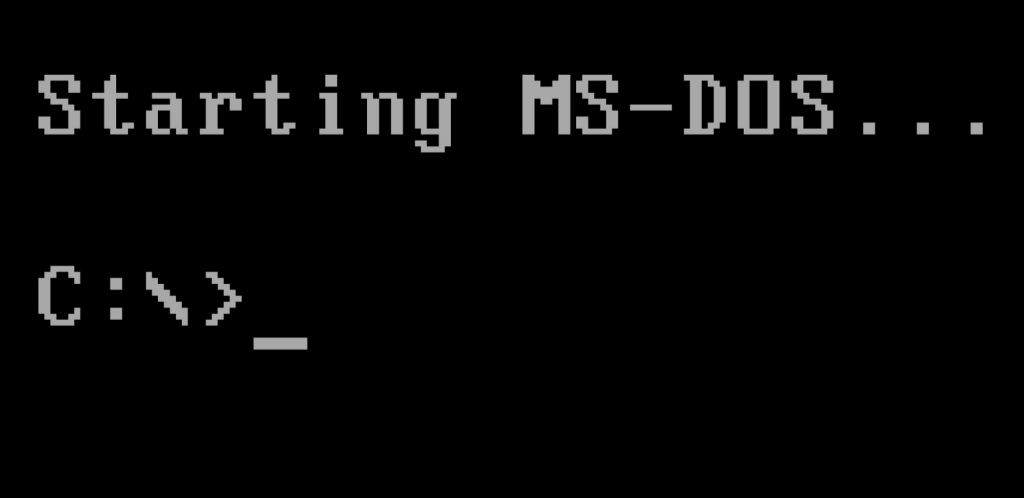
My brother (that is one year older than me and knew all the alphabet letters), carefully followed the instructions that one of my uncles had written on a piece of paper. This was how we played an overly pixelated Pacman (and others now know as “retro games”) on a black and white screen when we were younger.
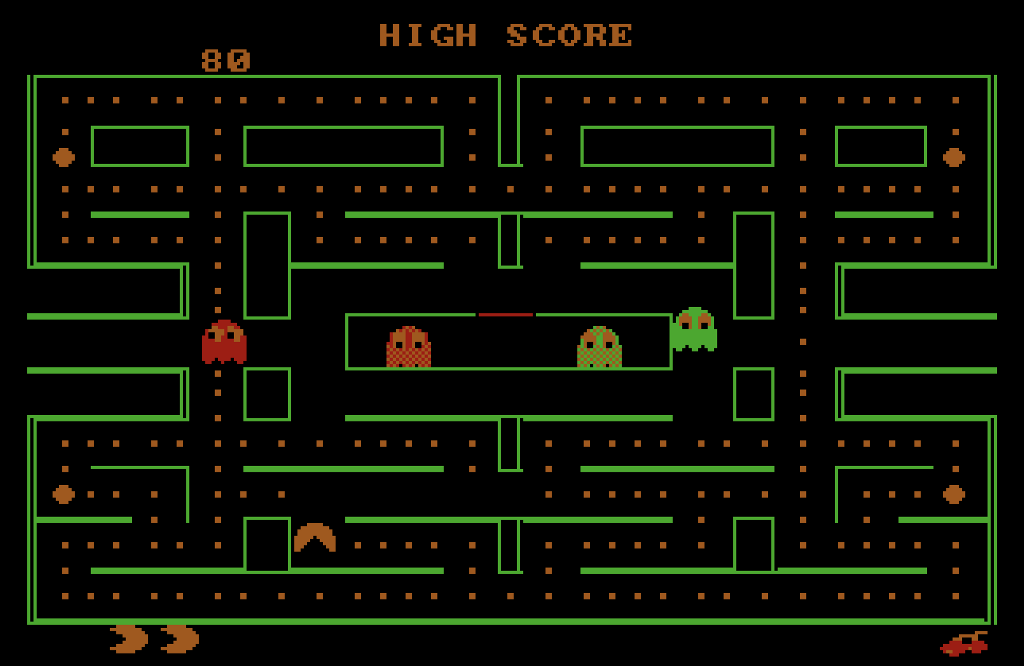
Some years later, we were very upset when we had to change to a new operating system that didn’t start with the “black screen” to perform instructions. We were supposed to find it easier because it didn’t need any “code instructions”, but we actually took more time finding out where the games were since they were hidden inside one of the menu entries from a never-ending cascade menu… Because of such pain, we were always opening the console mode on the “Run” menu, to start the games faster. (Crazy, right? 😅)
Turns out, after some time, we ended up memorizing where the games were located in the cascading menus and we would use the keyboard arrows to navigate faster from the start menu to the game, almost without looking.
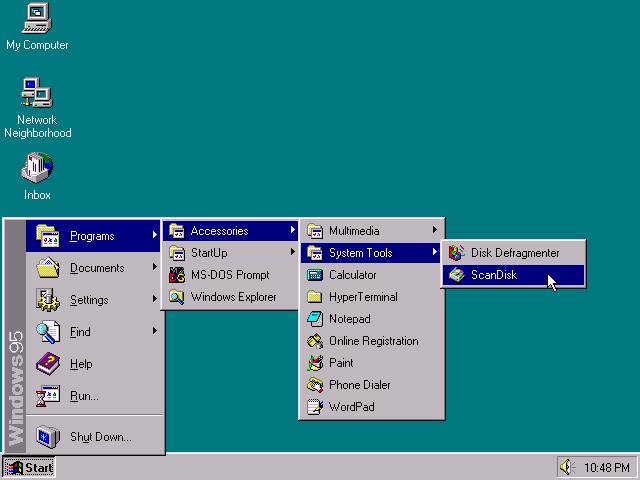
As years passed, things got more complex, screens rendered more colors, we started using a mouse, games got a lot more pixel detailed and also way better soundtracks, they needed more machine capacity, diskettes were not enough, CDs started to appear, and lots of other innovations happened, at such a fast pace, that I don’t know how we had enough human memory to learn, and unlearn, so many things in such a short period of time.
Of course with everything technology change, game interaction also changed… playing the game was almost a game itself! We completely leveled up from using only the left, up, down and right keyboard keys, to the need of having extra fingers to occupy almost all of the keyboard (omg, I can’t even recall the number of key combinations I would press when playing fighting games!).
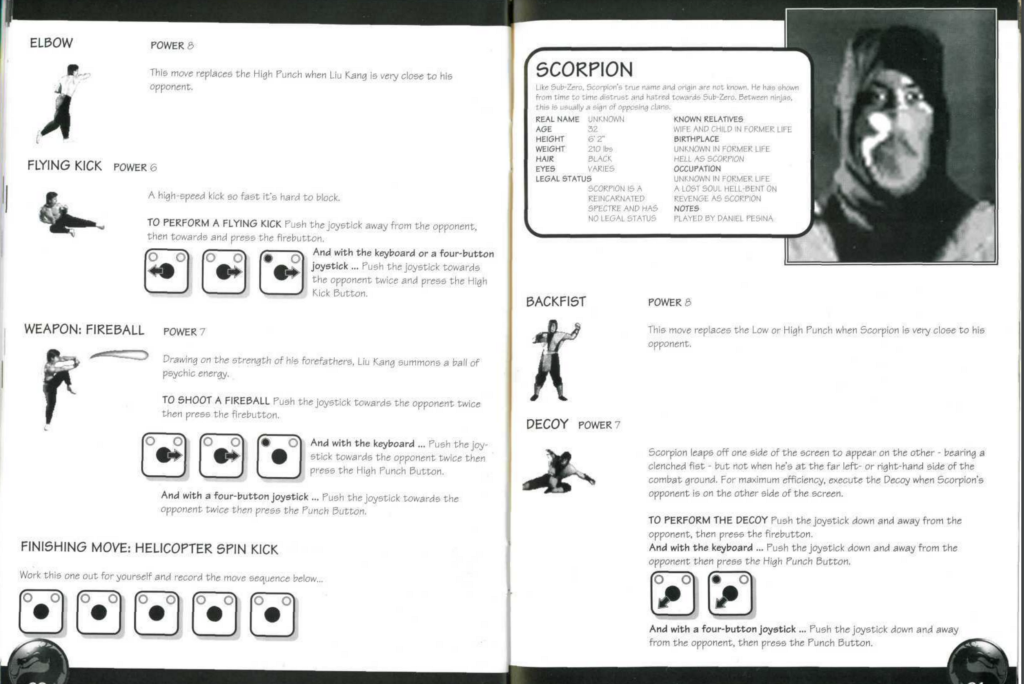
Those were times when, if something unfamiliar happened, we knew how to fix it (no internet at home yet, we learned from word of mouth) and the problem could be almost anything: could be the poorly connected cables, the mouse sphere was sticky (now, this was a classic one!), the keyboard keys were stuck, there was dust in the computer fan, a multiplicity of choices. Sometimes we tried every trick, including shutting down the pc and turning it on again and if it didn’t restart, we knew our parents would blame us for misuse (the fear!) and we would also cry over everything in the storage being lost. To avoid our parents raising questions, we learned how to re-install the operating system and we also learned how to handle the hardware part by ourselves (I remember buying a graphics card with our Christmas money and we had to install it by ourselves so we could see the design details of Duke Nukem).
Then there were game-changers: home cable internet plus the world wide web. For me, it was not only the possibility to virtually make new friends (via Internet Relay Chat — being mIRC an absolute favorite), but the idea that the world could become dematerialized — music, videos, pictures, art, documents — and shared, downloaded, stored digitally. I remember one of my uncles was working in the yellow pages at the time and he was telling me that, in the future, people would need an internet directory to search for businesses addresses and phone numbers (a true visionary, the google creator he could have been!) and I got absolutely fascinated with the number of possibilities that were arising.
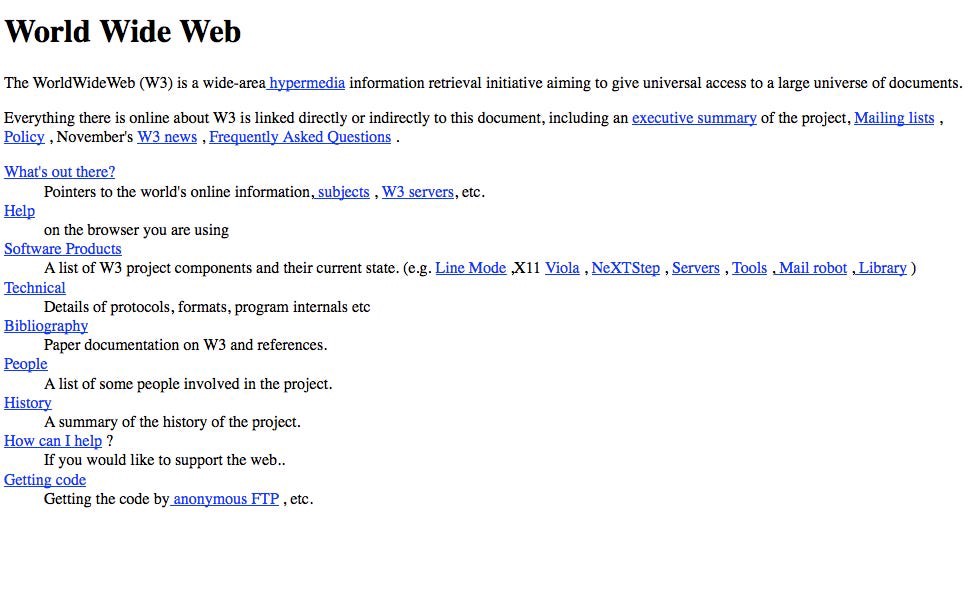
Why am I telling you this? Because we’ve seen, as technology evolution happens, user’s minds learn, unlearn, adapt, and develop according to what they are exposed to, constantly.
I have thousands of videos of my baby learning how to use an iPad, the same way I have thousands of videos of my baby learning how to use my still working Atari 2600. He scrolls and swipes in a touch screen, as easily as he clicks and turns the joystick. With this experiment, I was able to understand that the easiness of use comes from the baby’s ability to learn the reaction after an interaction.
Learning a new interaction is about exposure, not about first-time success.
Do you remember Nokia versus iPhone? “No one will prefer to use a phone without buttons”. In the beginning, it’s true, some users didn’t! Because it was unknown and they had a learning curb and some phone companies launched hybrid-model approaches until eventually, they changed to what “became familiar” to the users. Others didn’t and we know what happened.
As it is with everything we learn, we only become better at something new if we practice: that is why UI patterns work great in the internet world, because as we are already massively exposed to them, we know what to expect, no learning required. (No one is talking about the usability problems with the hamburger menu nowadays, right?)
Innovation is always a risk because people usually don’t like to waste time on learning, so it needs to about consistently expose the users to new ways of interacting in an incremental and controlled way, so they learn fast and they do not reject our product — the same way that companies were always careful to launch new products because they feared rejection/lack of adoption, and some of them were so fearful that they got completely lost in time (examples of Nokia and Kodak).
We can’t have design innovation if we are not willing to risk making our users think, the same way we can’t learn something new if we are not willing to practice.

Make users think: a way for design innovation was originally published in UX Collective on Medium, where people are continuing the conversation by highlighting and responding to this story.
